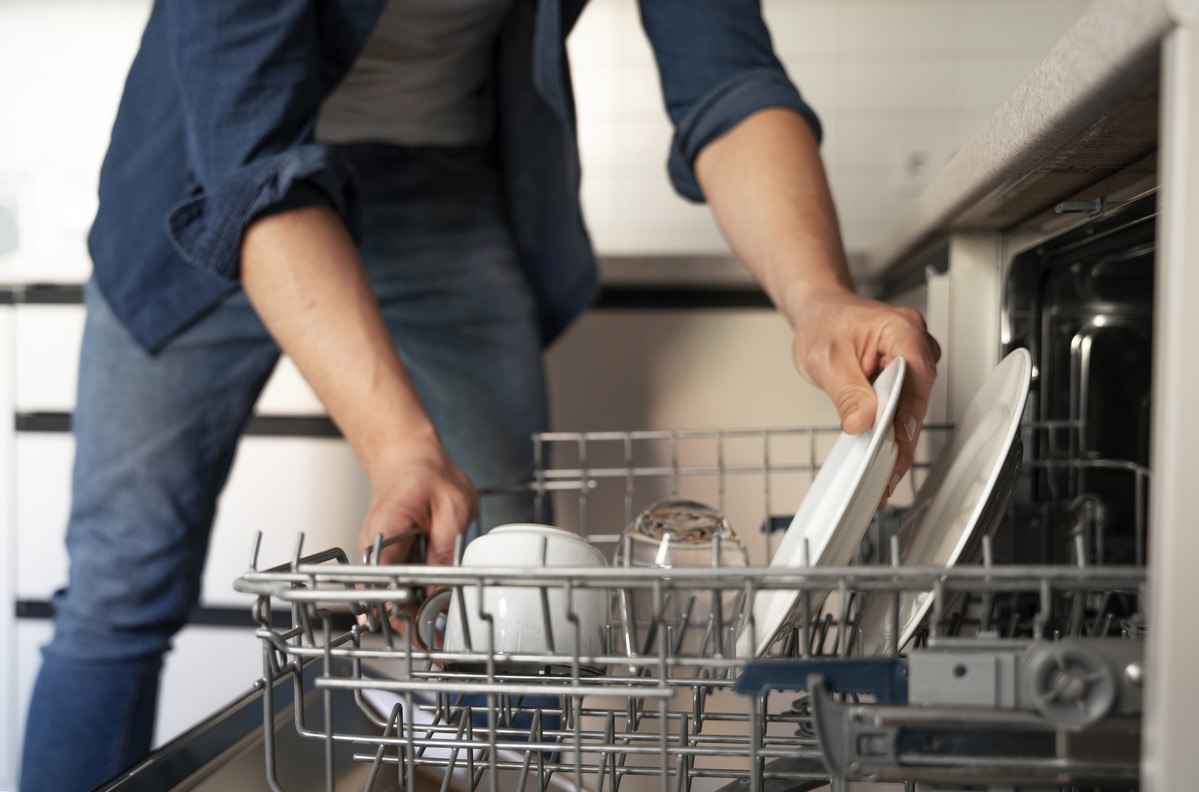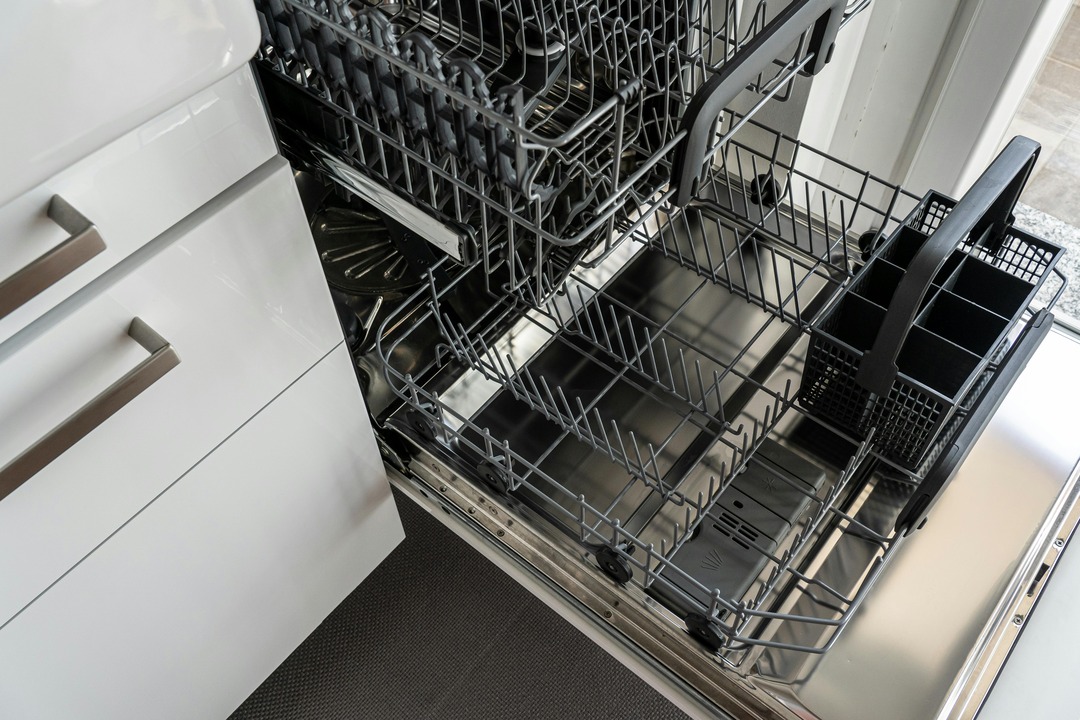
Dishwasher Installation
Our dishwasher installation service ensures a secure and efficient setup for your new appliance. We handle the necessary connections, including water supply, drainage, and electrical requirements, while ensuring compliance with local building codes. If modifications to cabinetry, plumbing, or electrical outlets are needed, we assess and address them as part of the installation process. Once installed, we test the unit for proper operation and check for leaks. Whether replacing an old dishwasher or installing one for the first time, our service is designed to provide a functional and reliable setup.
Dishwasher Installation
A dishwasher is an essential kitchen appliance that saves time and effort by automating the dishwashing process. Proper installation is crucial to ensure its efficiency, longevity, and safety. Whether you are replacing an old unit or installing a new one for the first time, understanding the process can help you make informed decisions. This guide covers everything you need to know about dishwasher installation, including types of dishwashers, the installation process, frequently asked questions, and key considerations.
Dishwasher Installation Process
The installation process varies depending on the type of dishwasher, but generally includes the following steps:
1- Preparing the Space
- Ensure the dishwasher fits within the allocated space.
- Check that plumbing and electrical connections are available and compliant with local building codes.
2- Connecting the Water Supply
- Attach the water supply line to the dishwasher’s inlet valve.
- Ensure the shutoff valve is in good working condition to prevent leaks.
3- Connecting the Drain Hose
- Secure the drain hose to the sink’s drain or garbage disposal unit.
- Ensure proper drainage to prevent water backup issues.
4- Electrical Connections
- Hardwire the dishwasher or use a power cord, depending on the model and kitchen setup.
- Ensure the electrical connection is properly grounded and up to code.
5- Positioning and Securing the Unit
- Adjust the dishwasher’s legs for proper leveling.
- Secure the unit to the cabinetry to prevent movement during operation.
6- Testing the Dishwasher
- Run a test cycle to check for leaks and proper function.
- Verify that all connections are secure and there are no drainage issues.

Frequently Asked Questions (FAQ)
1- How long does it take to install a dishwasher?
A standard installation typically takes 2 to 3 hours, depending on the complexity of the connections and any necessary modifications.
2- Do I need a professional to install my dishwasher?
While some homeowners may attempt DIY installation, professional installation is recommended to ensure compliance with plumbing and electrical codes, proper setup, and warranty protection.
3- What if I do not have an existing dishwasher connection?
If installing a dishwasher for the first time, additional plumbing and electrical work may be required, which should be handled by a professional.
4- Can I replace a dishwasher without replacing the countertop?
Yes, as long as the new dishwasher fits within the existing space and connections align correctly.
5- How do I know if my kitchen has the right plumbing and electrical setup?
A professional can assess your kitchen’s existing connections and determine if modifications are needed before installation.
Conclusion
A properly installed dishwasher ensures convenience and efficiency in your kitchen. Understanding the types of dishwashers, the installation process, and common concerns can help you make the right choices. For a hassle-free installation, it is best to seek professional assistance to ensure a safe and compliant setup. Whether you are upgrading an existing unit or installing a new one, a well-executed installation guarantees optimal performance and longevity.

